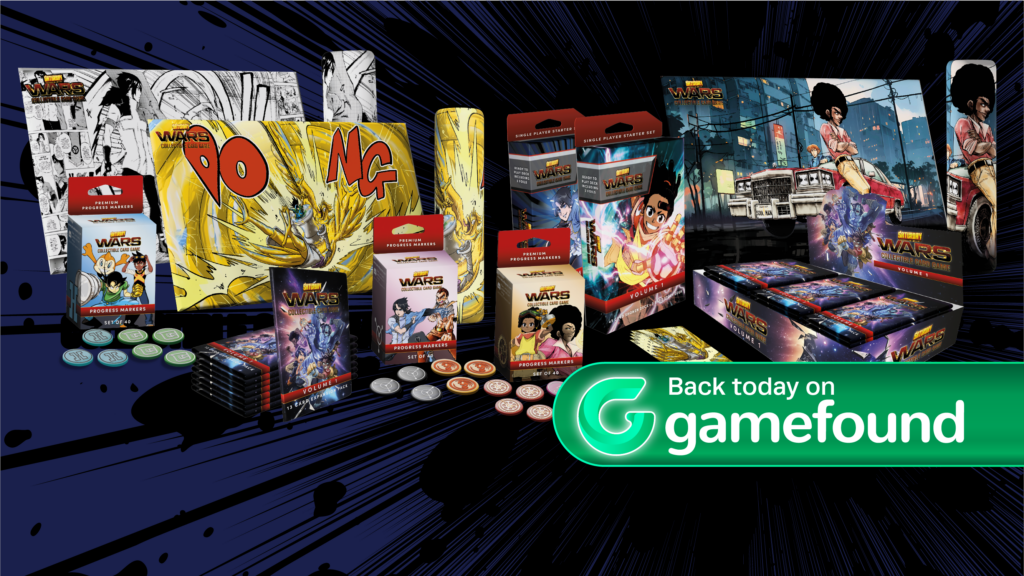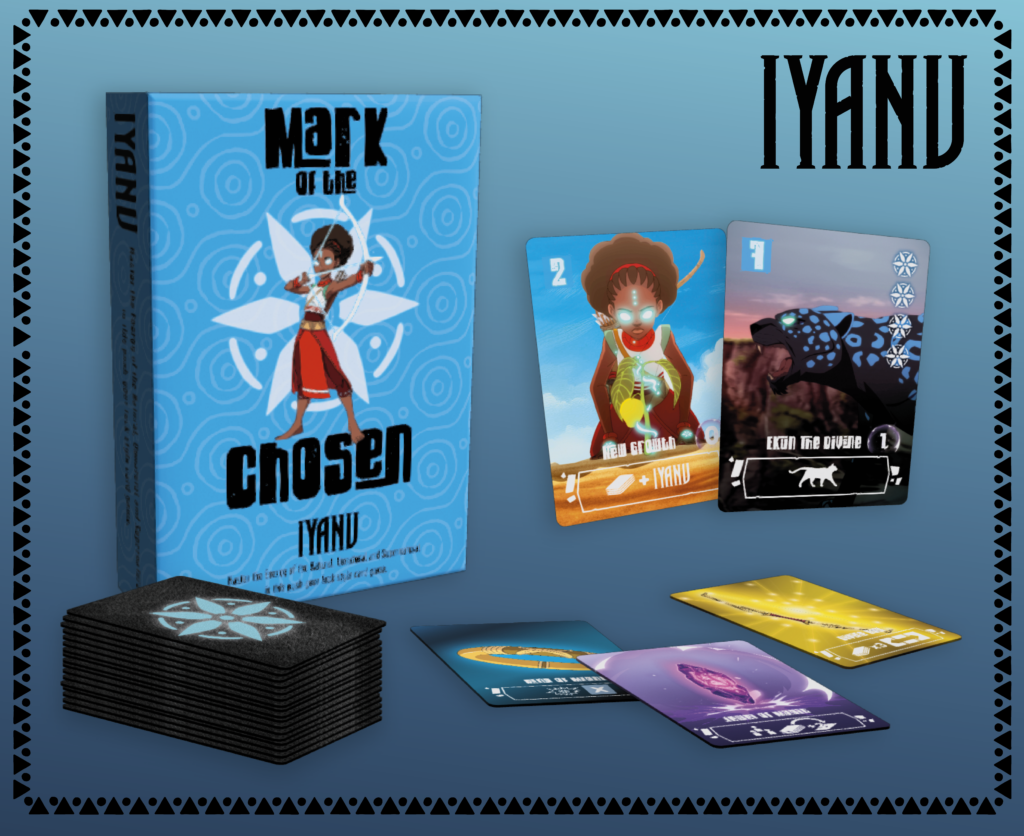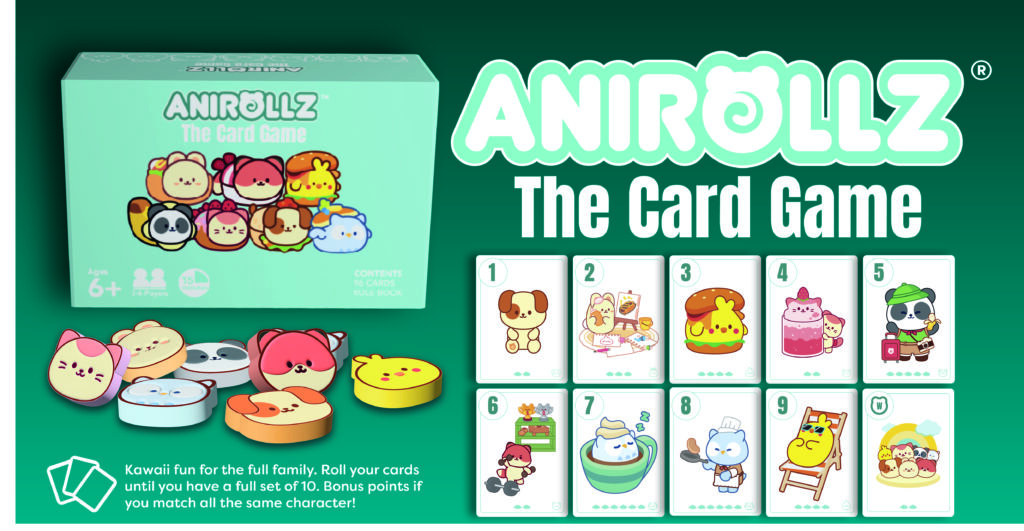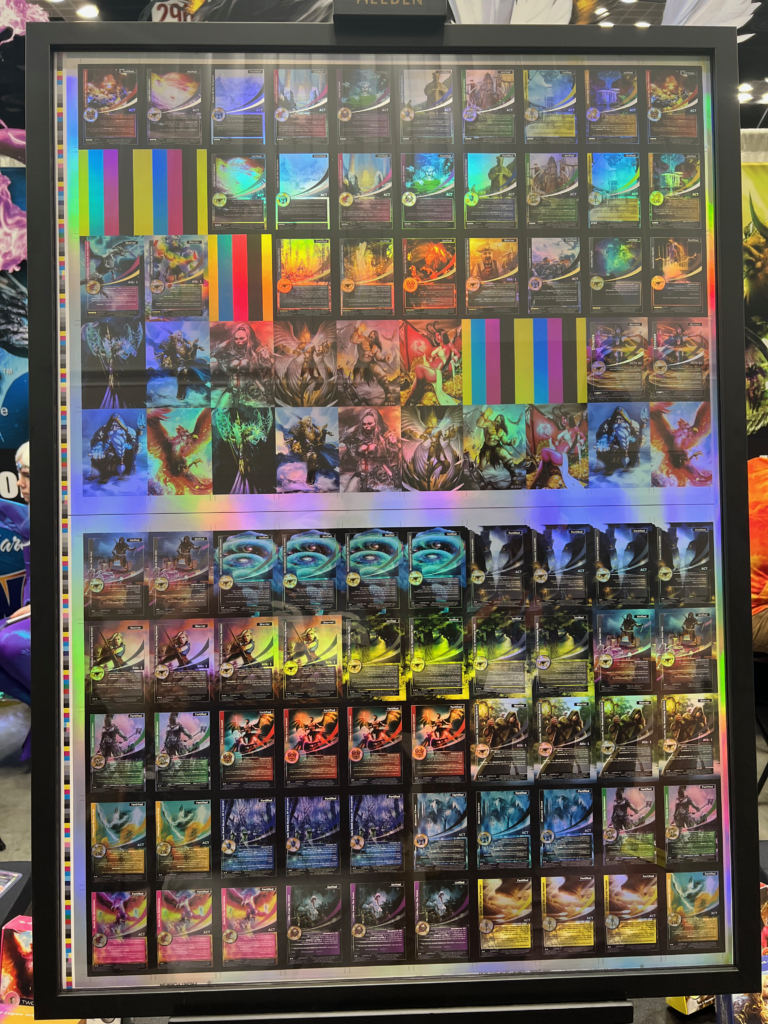With Toy Fair right around the corner, it’s a good time to think about how far RG has come in such a short period of time.
Resurrection Games arrived in the market in 2023. Founded on a passion for storytelling and a longstanding history with collectible gaming; RG’s first project was breathing new life into out-of-print classics, reimagining them for a new generation of fans. RG partners with artists, game designers, and creators to bring their gaming visions to life, combining inspiration from the worlds and characters they create with compelling storytelling and thematic game-play.
As a project-based company they like to start projects with a passionate, supportive fan community – like the collectible card game

SATURDAY WARS based on the award- winning diverse manga series from MyFutprint Enterainment’s Saturday AM. In this manga multiverse mashup, characters from top titles Clock Striker and Apple Black team up with others from Saturday AM’s lineup. Playing a game is like creating your own chapter in the manga. A new resourcing mechanic brings innovation to playing trading card games, with the ability to use your most powerful cards right from the first turn. It also streamlines game-play for a king-of-the-hill style challenge in under 30 minutes.

Partnering with Lion Forge Entertainment, RG is bringing a series of games for all ages based on their highly anticipated animated series IYANU set to premiere on Cartoon Network and MAX this spring. 3 games are scheduled to release this fall providing children and families with an immersive, interactive way to explore the characters, storyline, and rich world of IYANU.

Designed by the inspirational 9 year-old, Zoe
ANIROLLZ® THE CARD GAME is a fun-filled small box card game that marries a simple gaming concept with amazing kawaii characters. Zoe pitched the game with her father to the RG team last year, and together they found the perfect IP to match: ANIROLLZ® characters from plush company COOSY. If you can count to 10 you can play this game, but special cards allow you to swap with your opponents or gain other advantages to help you win.
Resurrection Games design philosophy is to put the story and characters at the center of every game design – prioritizing thematic game-play and building unique game mechanics to suit all audiences. For each project they create a team to handle the game design, promotion, manufacturing and distribution. As a game publisher they are very selective of the projects they work on, so you can be sure that each one will have something special.
Two years on and they have already found great traction. It’s also not a coincidence that more than one of their projects feature young, black female protagonists. When a project has the opportunity to elevate stories from creators with diverse backgrounds, RG recognizes how important it is for young families to have games with characters that represent and inspire them. It is a privilege for RG’s design team to help creators from around the world bring these diverse characters to life in table-top gaming.
Additional new projects coming in 2025 include an innovative game concept for a major superhero franchise, bringing to life a mystical game played on TV by characters of a popular television series and an expandable adventure series based on cult-horror films. Making games for passionate fans of these franchises is what drives RG, and more from them is yet to come.
Resurrection Games is taking orders for all of these projects. Get yours before they are gone!
Preview Resurrection Games 2025 Lineup at NY Toy Fair or contact the company at media@resgames.ca






